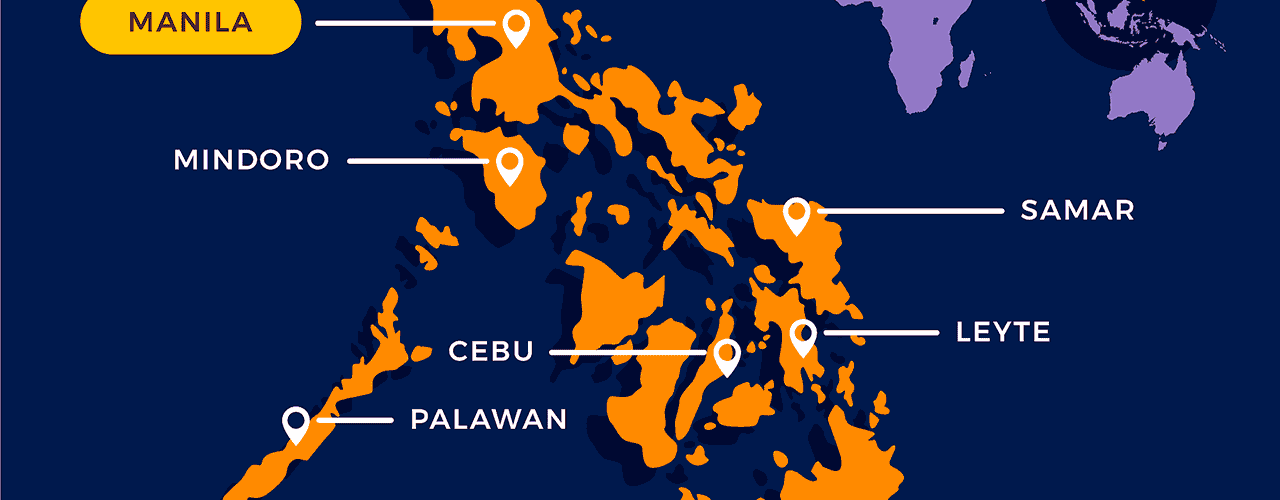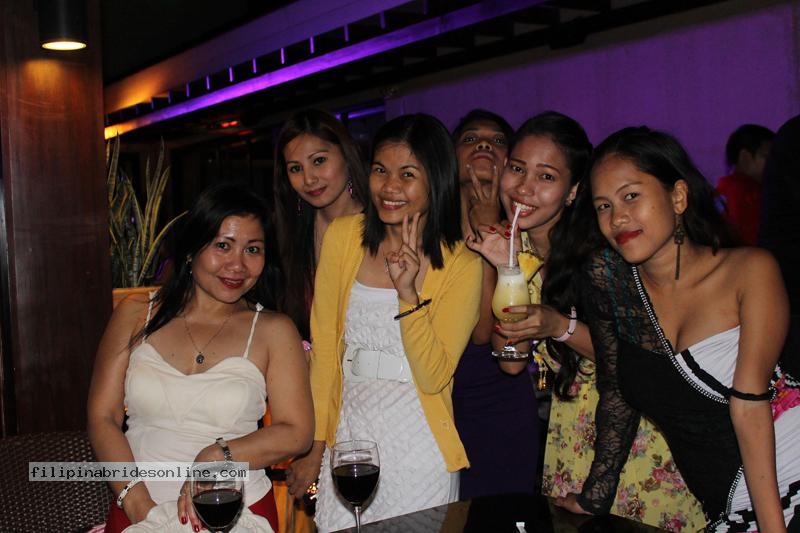Philippines Travel FAQ: 11+ Essential Tips for Your 2025 Trip

So, you’re thinking about a trip to the Pearl of the Orient Seas? Fantastic choice! Before you pack your bags for the Philippines, you likely have a whirlwind of questions. Where is it? How do you get there from the US or Europe? What are the can’t-miss sights, and how do you even begin to plan a trip to this sprawling archipelago of over 7,000 islands? You’ve got questions, and we’ve got answers. This guide is designed to be your go-to resource, covering everything from logistics and budget to essential tips for singles looking for adventure (and maybe even romance).

Philippines Travel Essentials: Quick Facts
Let’s start with the basics. Having these key details handy will make your travel planning much smoother. The Philippines is a vibrant nation with a rich history and a unique blend of Eastern and Western cultures.
| Attribute | Details |
|---|---|
| Location | Southeast Asia, in the western Pacific Ocean. |
| Capital City | Manila |
| Official Languages | Filipino & English (widely spoken) |
| Currency | Philippine Peso (PHP). USD is not typically used for daily transactions. |
| Visa Requirement (USA/EU) | Visa-free for stays up to 30 days. |
Your Top Philippines Travel Questions Answered
From the moment you decide to go, the questions start piling up. How long should I stay? What’s the best way to get there? Let’s tackle some of the most common queries for first-time visitors.
How to Get to the Philippines from the US or EU?
Most international travelers arrive via Ninoy Aquino International Airport (MNL) in Manila or Mactan-Cebu International Airport (CEB) in Cebu. From North America or Europe, you’ll be looking at a long-haul flight, typically with at least one layover in a major Asian or Middle Eastern hub like Hong Kong, Singapore, Dubai, or Taipei.
How Many Days Do I Need For a Philippines Tour?
To truly get a feel for the country, a minimum of 10 to 14 days is recommended. This allows you to explore one or two regions without feeling rushed. For example, you could spend a few days in Manila, then fly to Cebu for its beaches and nightlife, and perhaps add a side trip to Palawan for its stunning natural lagoons.
Pro Tip: Don’t try to see everything in one trip! The Philippines is vast. Pick two, or at most three, islands to focus on. Inter-island travel, usually by plane or ferry, can eat up a significant portion of your day.
What are the Top Attractions in the Philippines?
The “best” places depend on your interests, but some perennial favorites include:
- Palawan: Famous for the surreal landscapes of El Nido and Coron.
- Cebu: A bustling hub with city life, historic sites, and incredible diving spots. A great place for those interested in Cebu singles tours.
- Boracay: Known for its powdery white sand beaches and vibrant nightlife.
- Siargao: The surfing capital of the Philippines.
- Bohol: Home to the iconic Chocolate Hills and the tiny Tarsier monkeys.

Travel Tips for Singles Visiting the Philippines
The Philippines is an incredibly welcoming country for solo travelers and singles. The people are friendly, English is widely spoken, and there’s a vibrant social scene. If you’re hoping to meet people, consider exploring some of the best cities in the Philippines to meet women. Romance tours, for instance, offer a structured way to socialize and connect with local singles in a fun, safe environment.
“The warmth of the Filipino people is something you have to experience to believe. I came for the beaches but found that the real treasure was the connections I made.”
Frequently Asked Questions About Philippines Travel
1. What is the best month to visit the Philippines?
The dry season, from November to April, is generally the best time to visit. You’ll experience less rain and more sunshine, perfect for beach activities. March and April can get very hot, however.
2. Is the Philippines safe for a solo traveler?
Yes, for the most part. Like any destination, it’s important to be aware of your surroundings. Stick to well-traveled areas, avoid displaying expensive items, and be cautious at night. Tourist-heavy places like Cebu, Boracay, and Palawan are generally very safe.
3. What are some popular tourist destinations in the Philippines?
Besides the ones mentioned earlier, consider visiting Vigan for its Spanish colonial architecture, Banaue for its stunning rice terraces, and Davao for its mix of nature and city life.
4. Do I need a visa for the Philippines?
Citizens from over 150 countries, including the USA, UK, and most of the EU, can enter visa-free for up to 30 days. You must have a valid passport and a return or onward ticket. For longer stays or specific visa questions, see our visa and immigration guides.
5. What is the currency in the Philippines, can I pay with USD?
The currency is the Philippine Peso (PHP). While some large tourist establishments might accept USD, it’s not common. You should exchange currency or withdraw PHP from ATMs for daily expenses.
6. What is the rainy season in the Philippines?
The rainy season typically runs from May to October. This period is also typhoon season, which can disrupt travel plans, especially in the eastern regions.
7. What are the best food dishes from the Philippines?
You must try Adobo (the national dish), Lechon (roast pig), Sinigang (sour soup), and Kare-Kare (oxtail stew). For a deeper dive, check out this Filipino food guide for foreigners!
8. How much does a meal cost in the Philippines?
Costs vary widely. A local meal at a “carinderia” (small eatery) can be as cheap as $2-4 USD. A meal at a mid-range restaurant in a city might cost $10-20 USD. To understand the full budget, review the true cost of a trip.
9. What language is spoken in the Philippines?
Filipino (based on Tagalog) and English are the official languages. English is widely spoken in business, government, and tourism, making it very easy for travelers to communicate. Learning a few phrases can be a great way to connect, as detailed in our language of love guide.
Your Philippine Adventure Awaits
The Philippines is more than just a destination; it’s an experience that captivates your senses and warms your heart. From its breathtaking natural beauty to its world-renowned hospitality, this country offers a journey unlike any other. Armed with these answers, you’re now ready to plan an unforgettable trip.


















